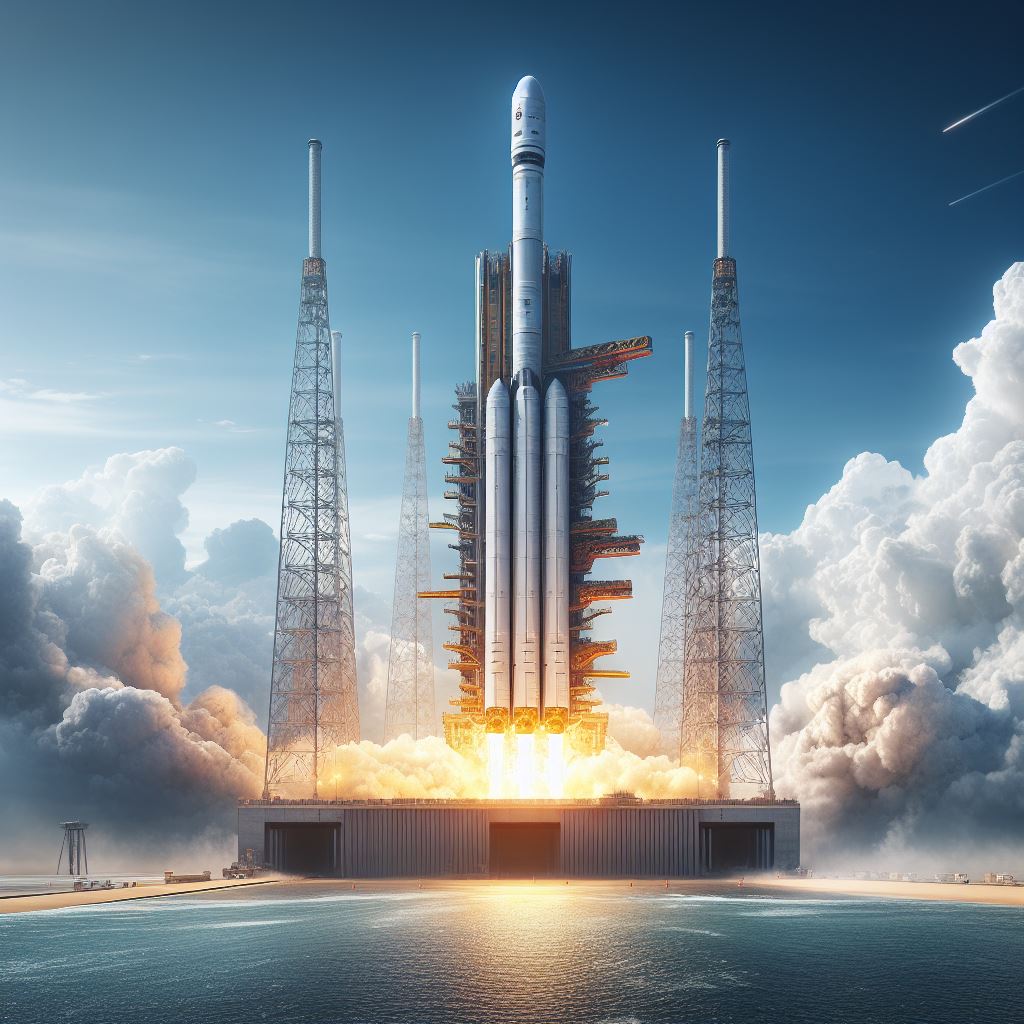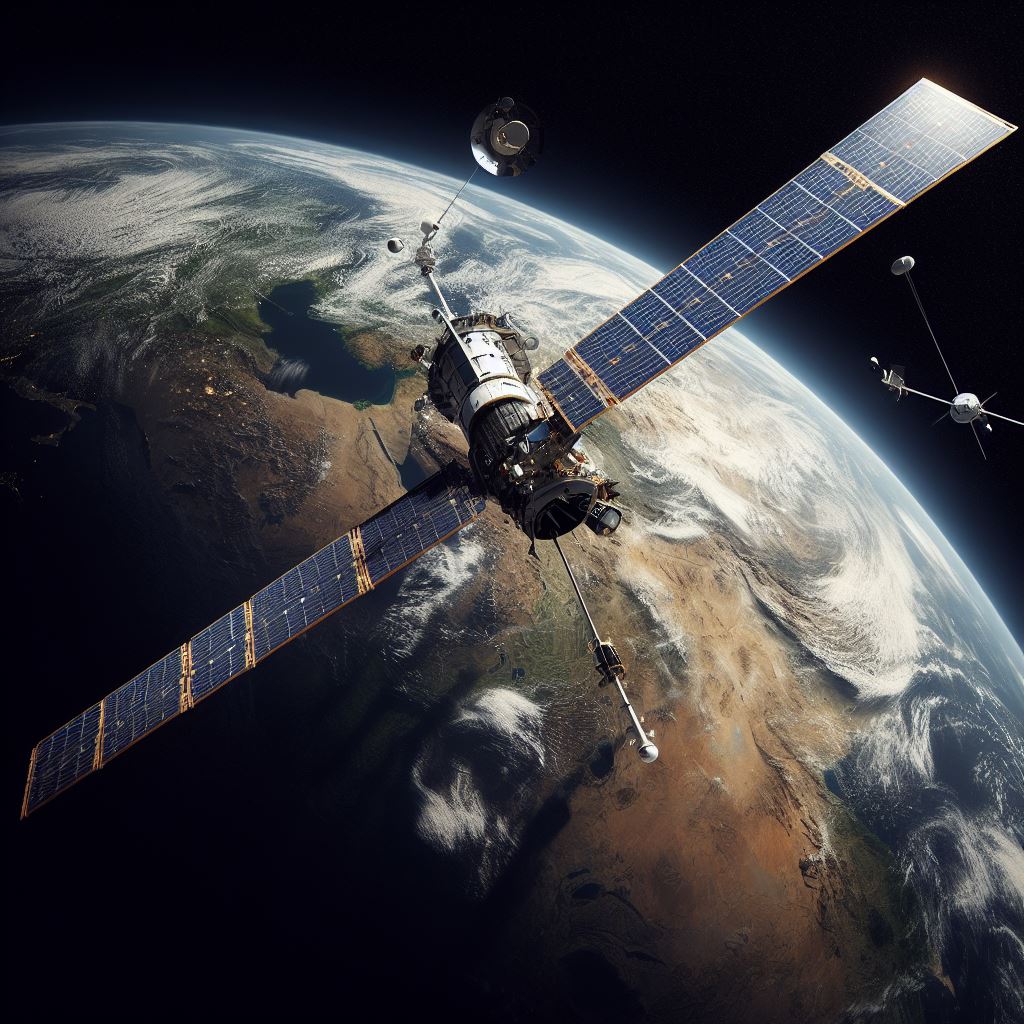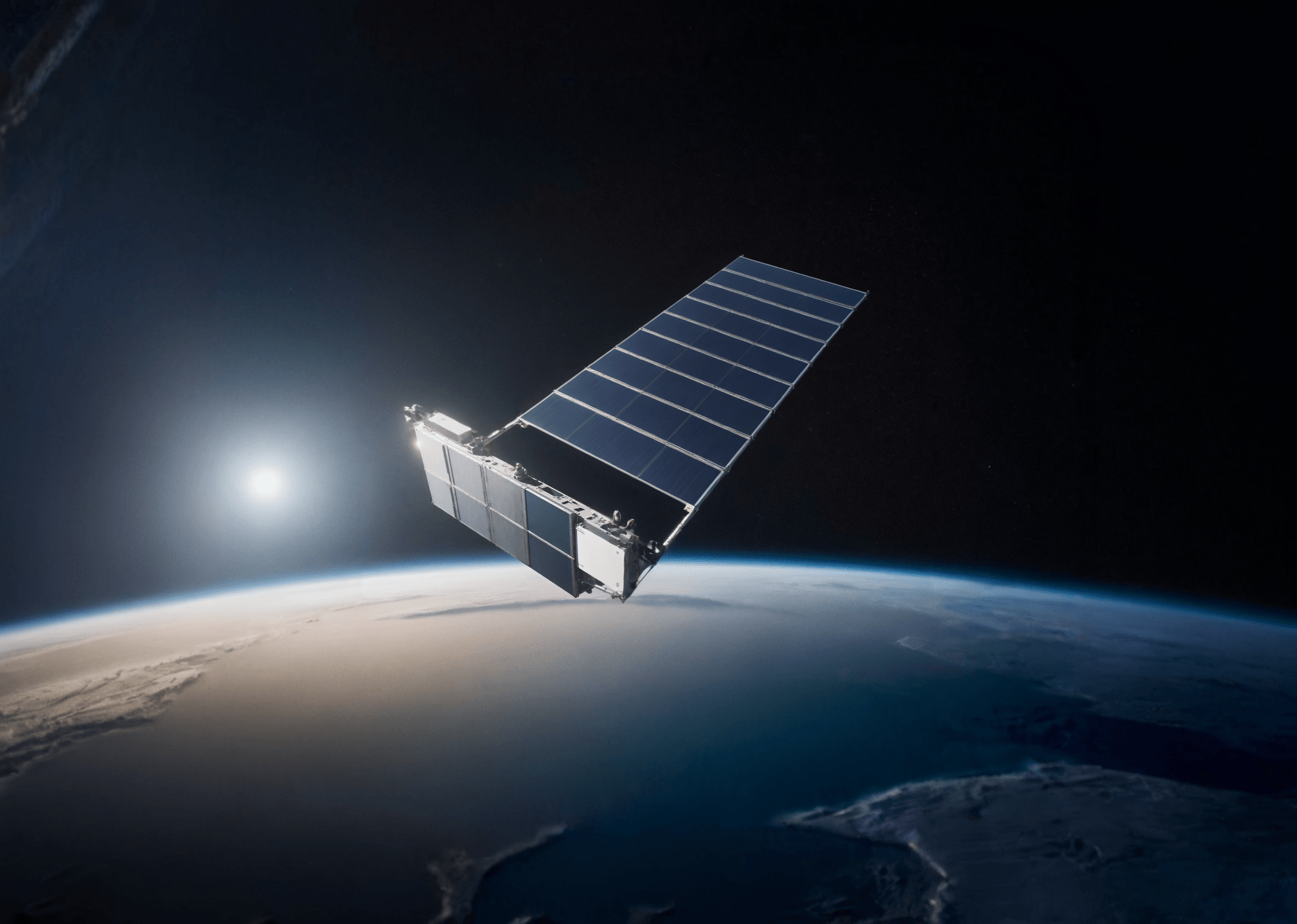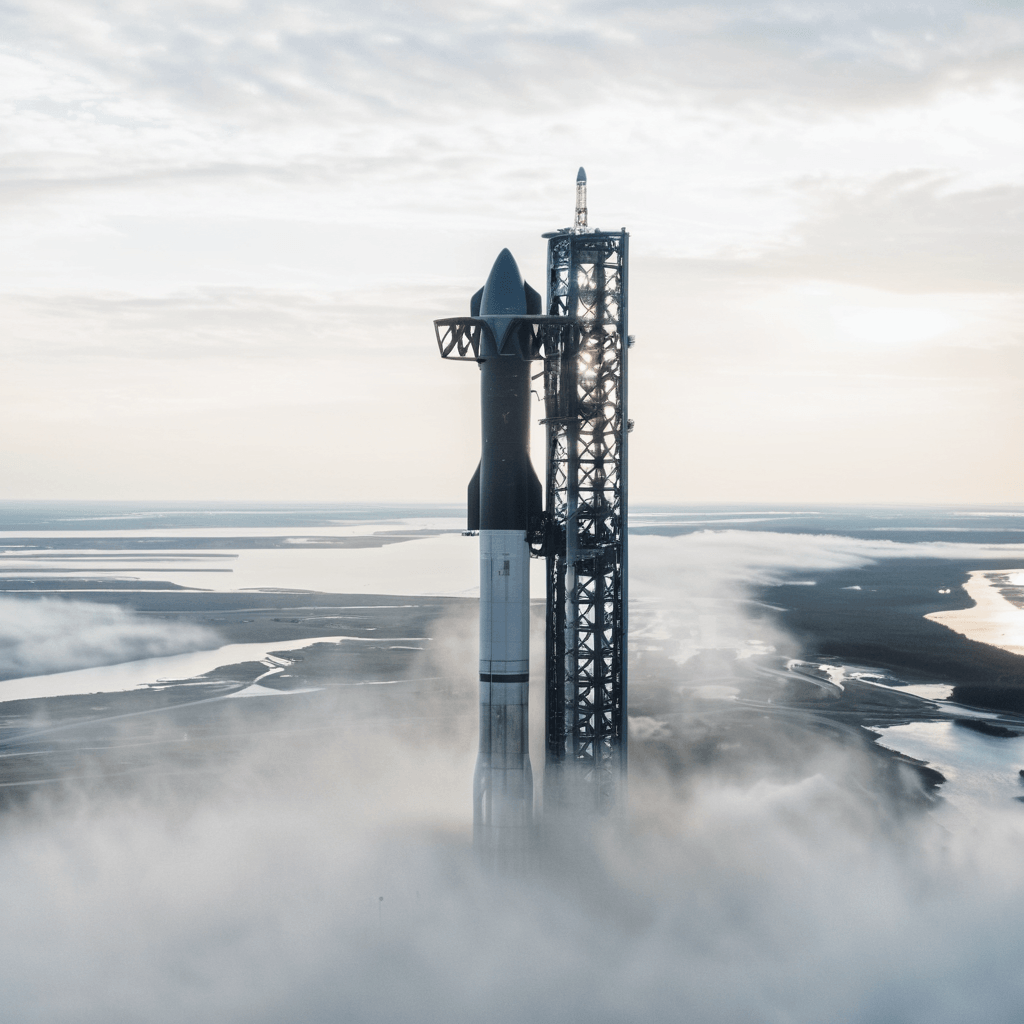· deep dive · 6 min read
The Rise of Super Heavy-Lift Rockets
Super heavy-lift rockets are the most powerful launch vehicles ever built. They can send humans and cargo to the Moon, Mars, and beyond. But what are they, and why are they so important?
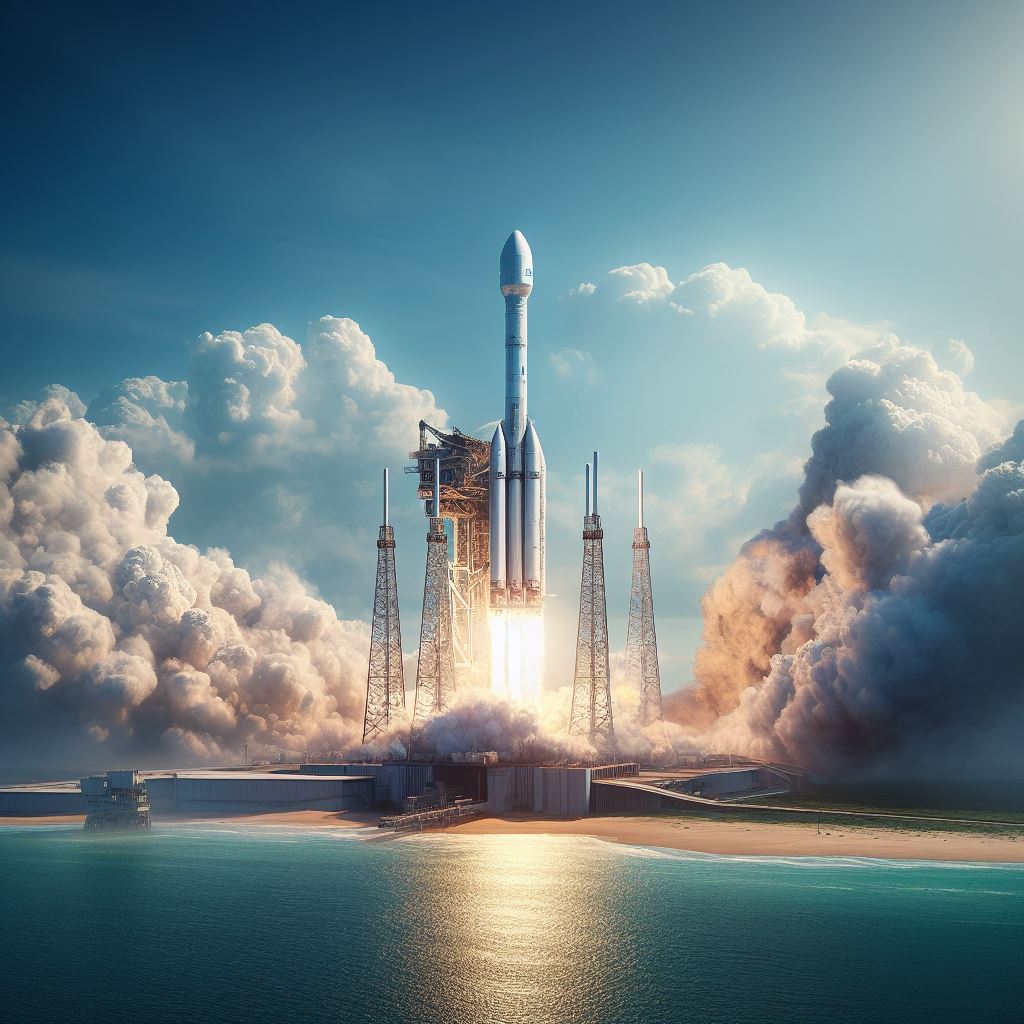
What is a super heavy-lift rocket?
A super heavy-lift rocket is a rocket that can lift more than 50 metric tons (110,000 lb) to low Earth orbit (LEO). LEO is the region of space where most satellites and the International Space Station (ISS) orbit. It is also the first step to reach other destinations in the solar system.
Super heavy-lift rockets are the most capable launch vehicles by mass to orbit, exceeding that of the heavy-lift launch vehicle classification, which can lift between 20 and 50 metric tons (44,000 and 110,000 lb) to LEO3 To put these numbers in perspective, a typical passenger car weighs about 1.5 metric tons (3,300 lb), so a super heavy-lift rocket can launch more than 30 cars to LEO in one go.
Super heavy-lift rockets are not only powerful, but also versatile. They can carry both crew and cargo to various destinations, such as Earth orbit, the Moon, Mars, and potentially beyond. They can also launch large payloads that require a lot of volume or energy, such as space stations, habitats, telescopes, or probes.
Why do we need super heavy-lift rockets?
Super heavy-lift rockets are essential for enabling human exploration and settlement of the solar system. They can reduce the number of launches and rendezvous required for complex missions, saving time and money. They can also enable more ambitious missions that would otherwise be impossible or impractical with smaller rockets.
For example, NASA’s Artemis program aims to land the first woman and the next man on the Moon by 2024, and establish a sustainable presence there by the end of the decade4 To achieve this goal, NASA plans to use its own super heavy-lift rocket, the Space Launch System (SLS), which can send more than 27 metric tons (59,500 lb) to orbits beyond the Moon in its first configuration5 The SLS will launch the Orion crew capsule and other elements of the Gateway lunar outpost, which will serve as a staging point for lunar landings and exploration.
Another example is SpaceX’s Starship program, which aims to create a fully reusable transportation system that can carry up to 100 people or 150 metric tons (330,000 lb) of cargo to Earth orbit, the Moon, Mars, and beyond6 Starship consists of two fully reusable elements: a huge first-stage booster called Super Heavy and a 50-meter-tall (165-foot-tall) upper-stage spacecraft called Starship6 Starship has flown only once to date, on a test flight that launched on April 20, 2023 from Starbase, SpaceX’s seaside facility in South Texas7 The mission aimed to send Starship partway around the world, but it suffered several problems shortly after liftoff and was intentionally detonated above the Gulf of Mexico7 SpaceX plans to conduct more test flights before attempting orbital flights and eventually interplanetary missions.
Other countries are also developing their own super heavy-lift rockets, such as China’s Long March 9 and Long March 10, Russia’s Yenisei, and India’s Unified Launch Vehicle8 These rockets are expected to have capabilities comparable to or exceeding those of SLS and Starship.
What are the challenges and opportunities of super heavy-lift rockets?
Super heavy-lift rockets are not easy to design, build, or operate. They require advanced technologies, massive infrastructure, rigorous testing, and strict regulations. They also pose significant risks to public safety and environmental impact in case of failure or mishap.
One of the main challenges of super heavy-lift rockets is achieving full or partial reusability. Reusability can lower the cost per launch and increase the launch frequency of these rockets. However, reusability also adds complexity and weight to the rocket design and requires additional systems for recovery and refurbishment.
Another challenge is ensuring reliability and safety. Super heavy-lift rockets have more engines, stages, components, and interfaces than smaller rockets. This increases the probability of failure or malfunction during launch or flight. Moreover, super heavy-lift rockets carry more propellant and payload than smaller rockets, which means more potential damage or casualties in case of an accident.
A third challenge is complying with the regulatory and environmental requirements. Super heavy-lift rockets need to obtain licenses and permits from the authorities before launching. They also need to minimize the noise, pollution, and debris that they generate during launch and flight. Furthermore, they need to avoid interfering with other spacecraft or activities in orbit or on other celestial bodies.
Despite these challenges, super heavy-lift rockets also offer many opportunities and benefits for humanity. They can enable new scientific discoveries, technological innovations, economic development, and cultural exchange. They can also inspire future generations to pursue their dreams and aspirations in space.
What is the future of super heavy-lift rockets?
Super heavy-lift rockets are the future of space exploration and colonization. They are the key to unlocking the mysteries and resources of the solar system. They are the gateway to new worlds and new possibilities.
In the next decade, we can expect to see more super heavy-lift rockets launching from different countries and companies. We can also expect to see more missions and payloads that take advantage of their capabilities. Some of these missions and payloads may include:
- Lunar landings and bases: Super heavy-lift rockets can send humans and cargo to the surface of the Moon, where they can conduct scientific research, test technologies, mine resources, and establish habitats.
- Mars missions and settlements: Super heavy-lift rockets can send humans and cargo to Mars, where they can explore the planet, search for signs of life, and build a self-sustaining civilization.
- Asteroid mining and exploration: Super heavy-lift rockets can send robotic or crewed missions to asteroids, where they can study their composition, origin, and evolution, and extract valuable materials for use in space or on Earth.
- Solar system exploration: Super heavy-lift rockets can send probes or spacecraft to other planets, moons, or objects in the solar system, where they can perform scientific observations, measurements, and experiments.
- Space stations and habitats: Super heavy-lift rockets can launch large modules or structures that can serve as orbital platforms for research, tourism, industry, or habitation.
- Space telescopes and observatories: Super heavy-lift rockets can launch powerful instruments that can observe the universe in different wavelengths, resolutions, and perspectives.
- Space solar power: Super heavy-lift rockets can launch components that can collect solar energy in space and beam it to Earth or other locations for use.
